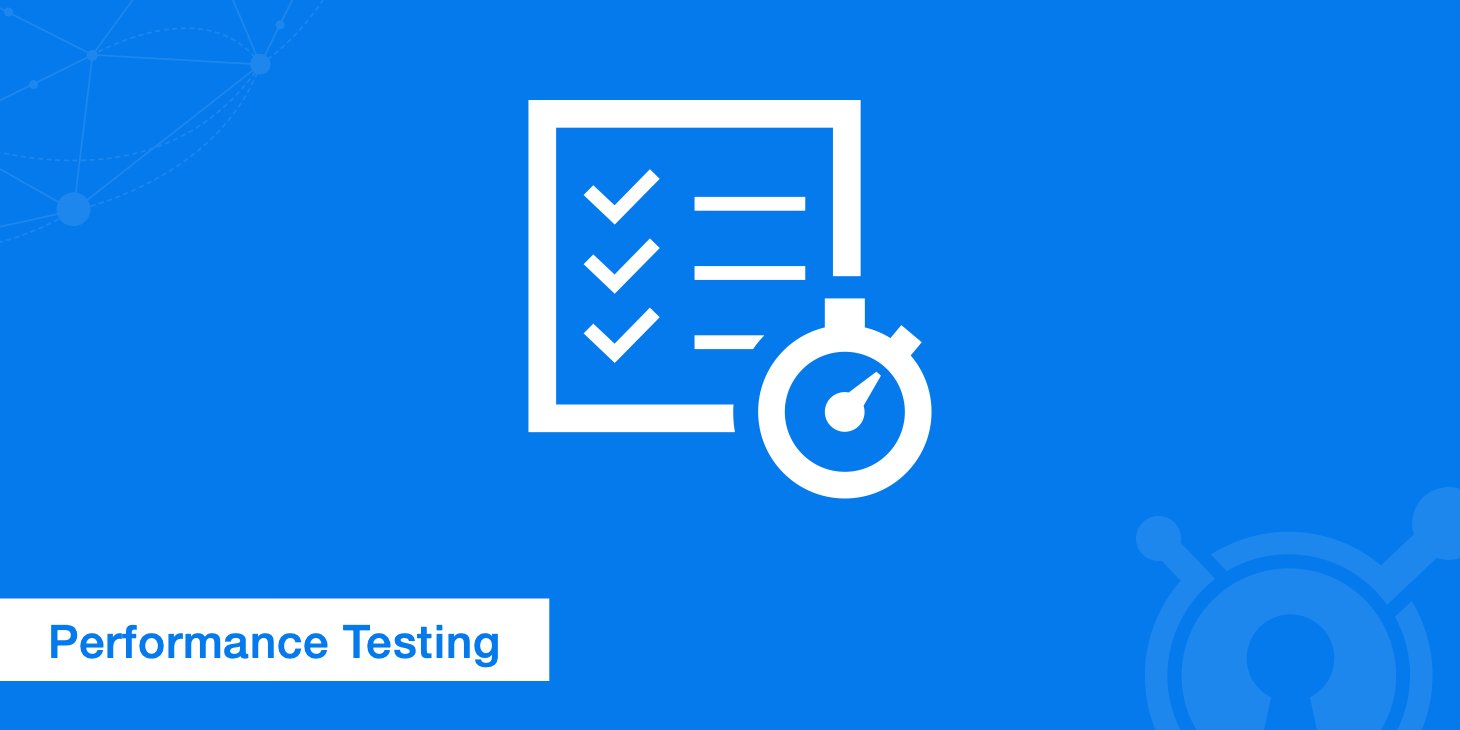

Web performance is a broad subject, and you'll find no shortage of performance testing tips and tutorials all over the web. Before you begin tuning your website or application, you must first figure out which metrics matter most to your users and establish some achievable benchmarks.
In the context of web development, performance testing entails using software tools to simulate how an application runs under specific circumstances. Quantitative performance testing looks at metrics like response time while qualitative testing is concerned with scalability, stability, and interoperability.
When the word "performance" is heard, most people immediately think of speed. Fast load times and response times are absolutely necessary these days, but you have to think about the bigger picture, which requires more than just clicking through all of your links to make sure they work. Just because everything works perfectly during production testing doesn't mean that will be the case when your website is flooded with traffic.
Testing the performance of your website or application allows you to identify issues and improve the overall performance, which can lead to an improved user experience and increased revenue. There are many common issues that performance testing can uncover, such as bottlenecks. An interruption in data flow due to limited capacity is called a bottleneck. Bottlenecks can occur, for example, if you have a sudden surge in traffic that your servers are not equipped to handle. If you don't test, then you'll have to learn about them the hard way.
Bottlenecks are just one of many problems that can occur when your website isn't scalable. Poor scalability can cripple an application's performance resulting in delays, errors, and memory leaks. You may discover that your application's performance issues are due to CPU or bandwidth limitations, so you'll need to reallocate some resources or invest in a more robust infrastructure.
Any information you can collect about your visitors, such as how they are accessing your website, can help you identify ways to improve the user experience because you have the parameters to test against.
Although web page testing tools are helpful and can give you a quick overview of a website's speed and overall performance, you should conduct a more thorough analysis using a variety of tests including:
Improving your website's performance begins with taking some measurements, but measurements are not the same thing as metrics. What's the difference?
Measurements refer to specific data points, such as the number of seconds it takes to process a request. Metrics are what is actually being measured. Here are some metrics relevant to performance testing:
The first step to testing is selecting the right tools. There are many free and premium tools to test your apps, but here are just a few:
In addition to our content delivery services, KeyCDN Tools is a set of free web testing tools that we publicly offer. Our page speed tests gives you a full waterfall breakdown of how your website performs, and you can test how fast your page loads from 10 different locations.
Google Lighthouse is a free and open source tool that is part of the Google Chrome DevTools family. When a URL is provided to Lighthouse, it will run several audits and return a report with advice for improvements.
Selenium is a lightweight, open source testing framework for recording, editing, and debugging tests.
Loadstorm is an affordable premium option for load testing that can test up to 50,000 concurrent users. The cloud-based service sends massive numbers of requests per second to simulate how your website holds up.
WebLOAD offers a robust toolset that is top of the line. It is tailored to enterprise applications that have thousands of users, but limited free edition is available.
Once you've settled on which tools to use, here is a general guide to follow as you test your website's performance:
Once you quantify your website's performance with data, you can start taking steps to resolve any issues identified.
Test early and test often. The earlier you implement testing in an application's life cycle, the easier it will be to address problems as they arise. Start during the unit testing phase if possible. It is important to be realistic. Your website or application's performance will be limited by your resources. Know your limits so that you can set achievable goals. Create realistic test scenarios; for example, don't start your performance tests at zero load since that is an unrealistic situation.
Like everything else in web development, your web performance plan depends on your audience. If you find you have a lot of users from other countries, then you need to make sure you have the infrastructure to support international visitors. If most of your visitors are using their phones, then you need to focus on optimizing for mobile devices. Many testing tools let you monitor user behavior in great detail.
Take the time to understand and know your testing environment. Using a test environment that is similar to the production environment is essential to getting an accurate picture of web performance. Use the same environment if possible.
Consider optimizing before investing. Buying new servers and more bandwidth without optimizing your current resource is a waste of money. Focus on making your infrastructure more efficient before you even think about investing in more.
Performance testing should be an on going process. Hopefully, your website or application will continue to grow, and you'll need to make changes to accommodate a larger user base. If you fail to test, you could become a victim of your own success.